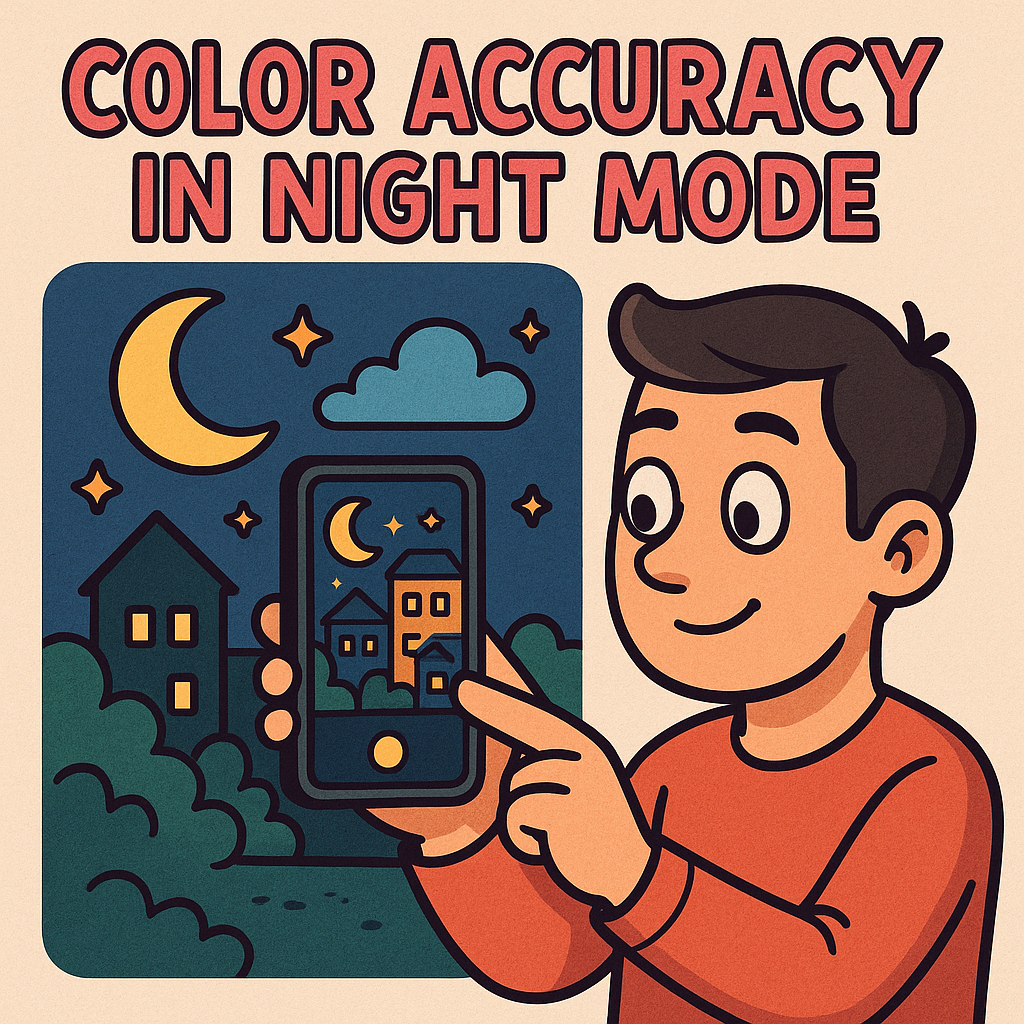Understanding the Challenges of Night Mode Photography
As smartphone cameras continue to evolve, the demand for high-quality night mode photography has surged. Users expect their devices to capture vibrant and true-to-life colors even in low-light conditions. However, achieving accurate color reproduction in night mode presents a significant challenge for image signal processors (ISPs). The primary issue lies in the inherent limitations of low-light conditions, where noise, reduced dynamic range, and color distortions often plague the final image.
Hardware Design Considerations
At the heart of optimizing color accuracy in night mode photography is the hardware design of the ISP. Modern ISPs are equipped with a combination of image sensors, analog-to-digital converters (ADCs), and processing cores. High-sensitivity sensors, such as those with larger pixels or multi-layer designs, are crucial for gathering more light, but they also introduce noise. This noise can significantly affect color fidelity, making it imperative for engineers to consider noise reduction techniques at the design stage.
The Role of Firmware in Image Processing
Firmware plays a critical role in the operation of ISPs for night mode. The algorithms implemented must intelligently process the incoming data to enhance color accuracy. Traditional methods like multi-frame noise averaging are often employed, but they can lead to color smearing when fast-moving subjects are present. Advanced techniques, such as deep learning-based noise reduction, have emerged as a solution. These algorithms analyze patterns in the noise and distinguish them from genuine image data, allowing for more accurate color reproduction.
Algorithmic Approaches to Color Calibration
Color calibration is essential to ensure that the colors captured in low-light conditions match the real-world scene. One effective approach is the use of color correction matrices (CCMs) that adjust the RGB values based on the specific light conditions. However, the challenge lies in creating these matrices dynamically. In night mode, the light source can vary widely, from artificial streetlights to moonlight, necessitating adaptive algorithms that can quickly recalibrate based on ambient lighting conditions.
Real-World Design Tradeoffs
Designing an ISP for night mode involves striking a balance between performance, power consumption, and image quality. For instance, while implementing advanced machine learning algorithms can significantly enhance color accuracy, they also demand considerable computational resources. Engineers often face the tradeoff of increased power consumption versus enhanced image quality, especially in mobile devices where battery life is paramount. As a result, optimizing algorithms to run efficiently on low-power hardware without sacrificing performance becomes a crucial aspect of the design process.
Challenges in Post-Processing
Even after the initial image capture, the post-processing stage presents additional challenges. Many smartphones apply various filters and effects to enhance the final image, but these can also distort colors if not carefully managed. Engineers must ensure that the post-processing algorithms respect the color accuracy achieved during capture while still providing users with visually appealing results. This often involves iterative testing and adjustments based on user feedback and real-world scenarios.
Future Directions in Night Mode Technology
The future of night mode photography in smartphones will likely see further integration of AI and machine learning. As these technologies continue to advance, they will enable more sophisticated image analysis and processing capabilities. For instance, real-time scene recognition can help the ISP to adjust settings on-the-fly, optimizing color accuracy based on identified elements within the scene. This could lead to a more intuitive photography experience, allowing users to capture stunning images without needing to understand the underlying technical complexities.



